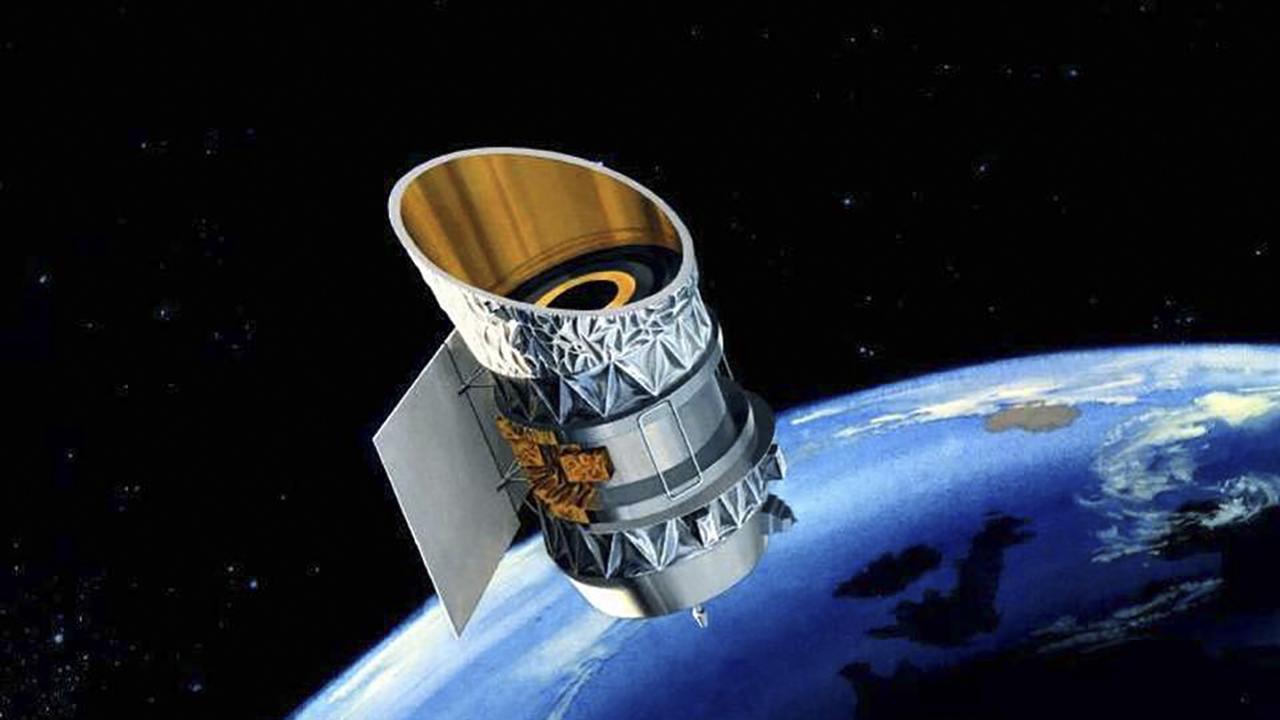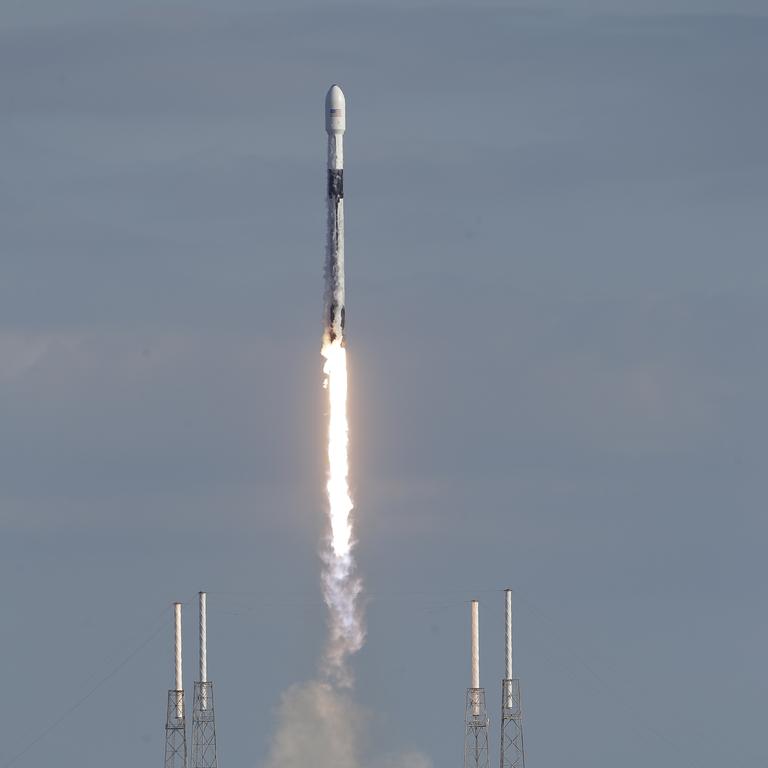Dead satellites on collision course as more added to Earth’s orbit
There’s a chance two dead satellites orbiting Earth could collide within minutes, and the odds are looking worryingly likely.
Astronomers are keeping a close eye on two satellites they fear could collide on Thursday morning, potentially littering an already crowded sky with dangerous space junk.
Neither satellite is still active, but if they collide, they could sprinkle thousands of pieces of debris around the Earth's orbit that could damage other satellites that are still useful.
Earlier this week Leo Labs Inc, a company that tracks space debris and helps objects in low Earth orbit avoid collisions, revealed they were monitoring the two satellites as part of a “close approach event”.
1/ We are monitoring a close approach event involving IRAS (13777), the decommissioned space telescope launched in 1983, and GGSE-4 (2828), an experimental US payload launched in 1967.
— LeoLabs, Inc. (@LeoLabs_Space) January 27, 2020
(IRAS image credit: NASA) pic.twitter.com/13RtuaOAHb
The two satellites date back to 1967 and 1983 respectively.
LeoLabs said the two satellites were due to pass “close by” one another at around 10.40am AEDT.
When they do they’ll be travelling at around 52,920km/h (14.7km/s).

The company originally predicted the two dead satellites would come between 15-30 metres of one another as they orbit over the state of Pennsylvania in the US.
This morning, that was revised down to 12 metres, and the chance of a collision now looks far more likely, with odds shortening from 1 in 1000 to 1 in 100 and, potentially, 1 in 20.
1/ Our latest update this morning for IRAS / GGSE 4 shows a 12m miss distance, with a Probability of Collision (Pc) back to 1 in 100.
— LeoLabs, Inc. (@LeoLabs_Space) January 29, 2020
Here is a plot of our last five days worth of miss distance updates on this event: pic.twitter.com/FCN2k2NL3i
Further complicating matters, it’s now been learned the older satellite has an 18-metre boom arm trailing off the back of it, and it’s unknown what direction that boom is facing.
As both satellites are inactive, there’s no way to communicate with either to potentially avoid a collision.
If the two satellites do collide, we probably won’t be able to see it, as they’re around 900 kilometres off the ground.
All there is to do is wait and see if new debris appears on radar in the coming hours or days.

LeoLabs said the potential collision showed the importance of responsible space exploration so that decommissioned space craft weren’t just orbiting Earth waiting to become debris.
“Events like this highlight the need for responsible, timely deorbiting of satellites for space sustainability moving forward,” the company said on Twitter.
Satellite operators are supposed to remove satellites from low earth orbit within 25 years of being decommissioned, but many neglect to do so, and there appears to be no real consequence for the operators.

More than 9000 objects have been sent into outer space since 1957, according to figures from the United Nations Office for Outer Space Affairs, with more than 4000 still in orbit around the Earth.
That number is set to grow exponentially, as companies like the start-up OneWeb and Tesla founder Elon Musk’s new project StarLink plan to send thousands more satellites into orbit to provide broadband internet services.
StarLink sent 60 more satellites into space this morning.
Do you think more needs to be done to pull inactive objects out of orbit to reduce space debris? Let us know what you think in the comments below.



